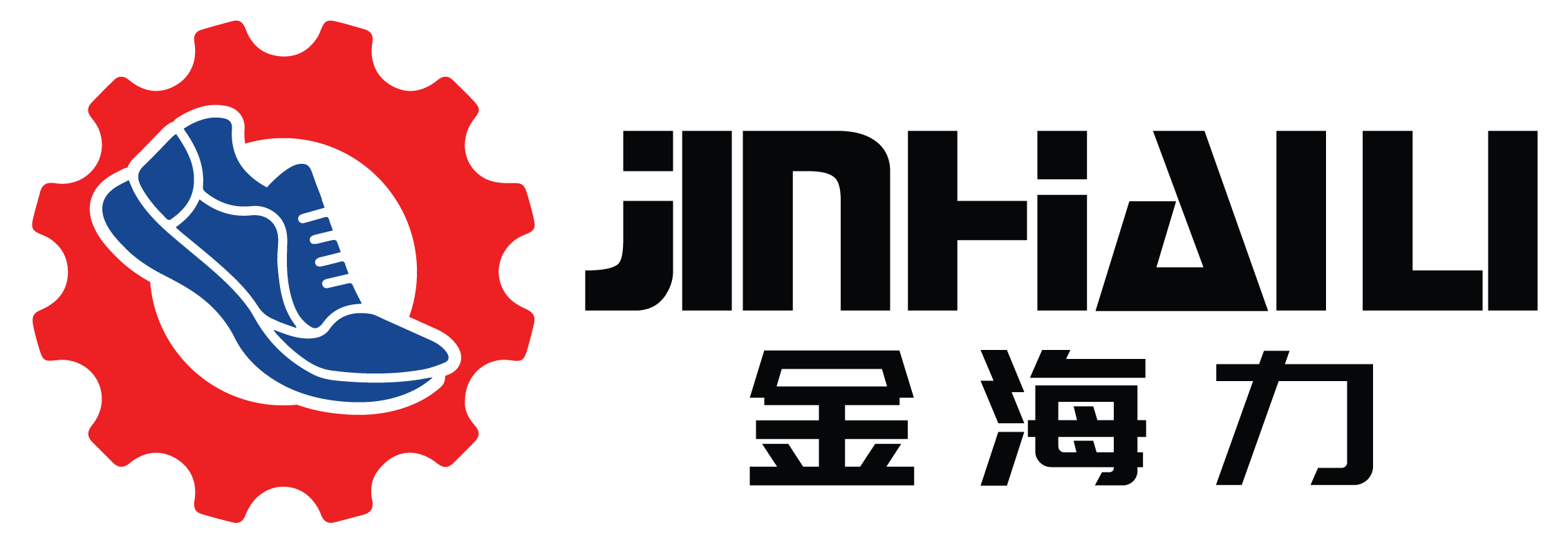1. Oil Heating
How It Works:
In this method, the machine uses oil as a heat transfer medium. The oil is heated in a reservoir and then pumped into the machine parts where heat needs to be transferred to mold and product.
Advantages:
- Stable Temperature: Oil has a high heat retention capacity, maintaining a stable temperature throughout the pressing process. This is crucial in rubber vulcanization, where stable temperatures ensure better durability and elasticity.
- Even Heat Distribution: Oil conducts heat well, allowing for uniform heat distribution across the mold, minimizing the risk of uneven temperatures that could cause distortion or damage to the product.
- High Heat Resistance: Oil can operate at high temperatures without decomposing, allowing the machine to run for long periods without the need for fluid replacement.
Disadvantages:
- Maintenance Costs: Oil heating systems may require higher maintenance costs compared to other methods due to regular oil checks and replacements.
- Longer Heating Time: While oil retains heat well, the initial heating time can be longer compared to other methods.
2. Steam Heating
How It Works:
This method uses steam to transfer heat. Water is boiled to produce steam, which is then directed into the parts of the machine that require heating.
Advantages:
- Quick and Efficient: Steam transfers heat rapidly, allowing the required temperature to be reached in a short time, thereby saving production time.
- Easy Temperature Control: Steam allows for flexible temperature control. Operators can adjust the pressure and temperature of the steam to meet specific production requirements.
- Safe and Environmentally Friendly: Steam is non-toxic and does not cause pollution, minimizing health risks for operators.
Disadvantages:
- Requires Specialized Equipment: A water supply system and steam handling equipment are needed, which can increase initial setup costs.
- Risk of Condensation: If not well-managed, steam can cause condensation, which could affect the quality of the product or machinery.
3. Electric Heating
How It Works:
Electric heating uses electricity to heat elements or resistors that then transfer heat to the mold and product.
Advantages:
- Precise Temperature Control: Electric heating allows for precise control of temperature, making it easier for operators to set parameters according to the production process.
- Fast Heating Time: Electric systems can reach the desired temperature quickly, boosting production efficiency.
- Easy Maintenance: Electric heating systems are generally easier to maintain and repair compared to other heating methods, reducing downtime.
Disadvantages:
- Energy Costs: Depending on electricity rates and production scale, the energy costs can be high if the machine operates continuously.
- Power Limitations: If not designed properly, the machine may not provide sufficient power for products requiring high temperatures over extended periods.
Conclusion:
The choice of heating method depends on the specific requirements of the production process, the type of product, and operating costs. Each method has its own set of advantages and disadvantages, and understanding these will help manufacturers optimize production processes for maximum efficiency and effectiveness.

